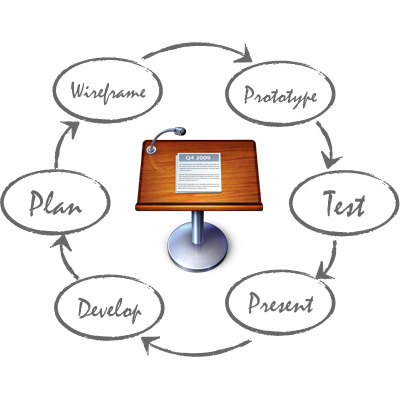In today’s post I would like to share with you my experience working on my first cross-platform game. Although it is intended to be available for Windows Phone, iOS and Android, currently I’m focused on the Windows Phone version.
The game is called Muster my Monsters (MmM). It is a two-player fighting monsters action game. It is a casual game, so game mechanics need to be simple and art appealing to most of people. Here you have a gameplay video.


